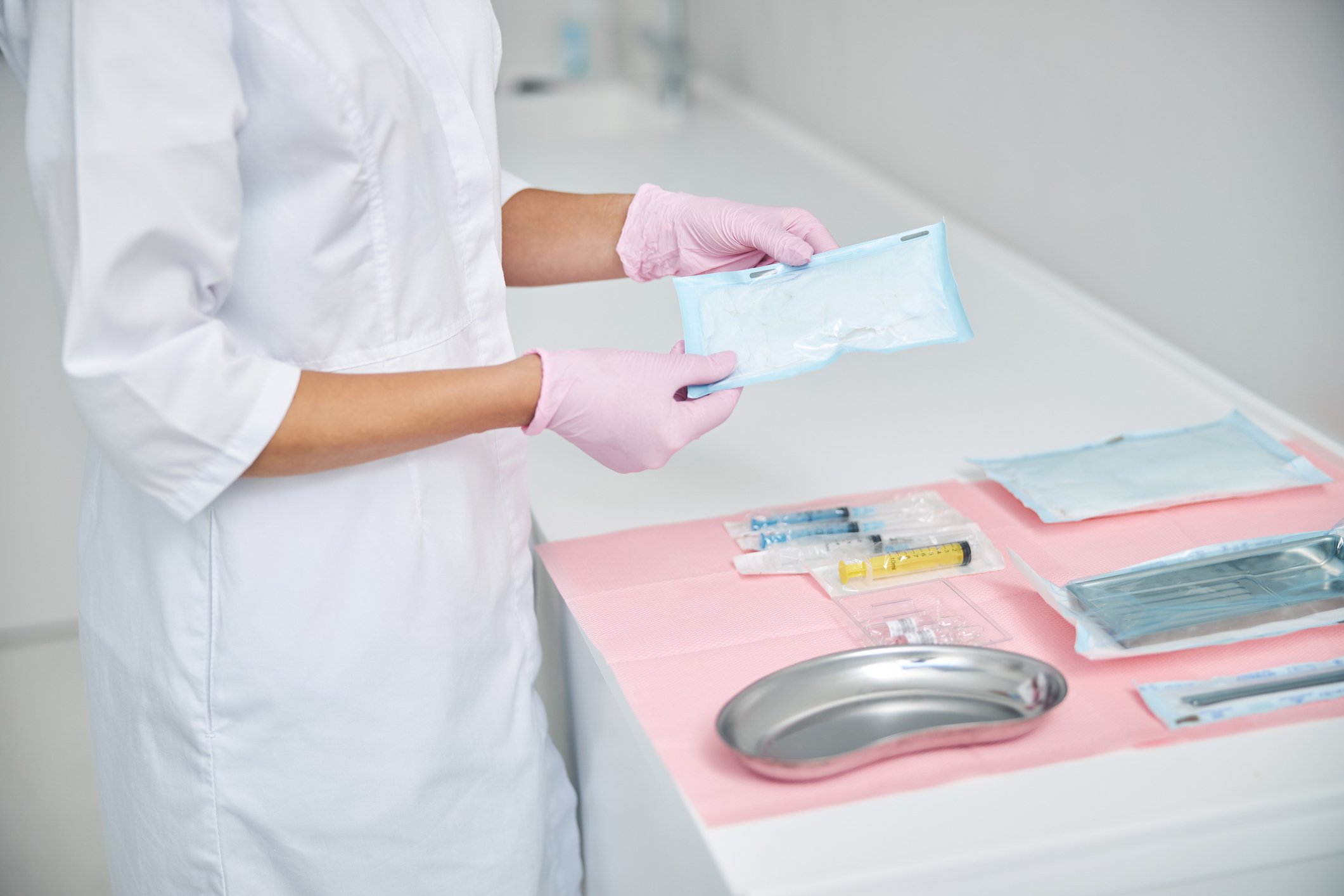The Role Human Factors Plays in Medical Packaging
Hindsight is such a revelatory lens. The role that human factors play in medical packaging is a perfect example. Every medical product manufactured today presents a tangible application of human factors to its containment system. For anyone interacting with a medical product, human factors may be so well integrated into the packaging that they go completely undetected—and thus, the gold standard. On the flip side, poorly interpreted or applied human factors elements stick out like a sore thumb—a user cannot access or administer the product as intended. Reflecting on this, it seems almost impossible that human factors in packaging design is just a few decades old.
The early days of mass-production gave birth to packaging design as an industry. When hundreds of units of a medical good could be produced, containing, and protecting it became a critical need. It wasn’t until the 1980s that the U.S. FDA and European Medicines Agency began to raise awareness of considering human factors in packaging design. Expertly applied HF could improve patient safety, overall usability, and as-intended administration for optimal therapeutic value. Those conversations spread like wildfire as engineers and makers recognized the role human factors play in the outcomes medical devices and drugs.

The last decade has seen a quantum leap in the prioritization and regulatory expansion of human factors standards. This can be at least partially credited to the burgeoning volume of self-directed, and caregiver-administered healthcare at home. Additionally, rapid advancement of technology has greatly simplified the use medical devices and monitoring methods. Technology also brought sophisticated devices from the hospital to the home, elevating packaging requirements from clinical experts to patients and their families.
HUMAN FACTORS PLANNING
The components of HF have expanded almost as quickly as their prominence. As firms develop medical devices and drugs, strategic analysis of the practical implications for use should be discussed and prioritized as part of the packaging design process.
- Who will use this product? Identify all demographics and related conditions/diseases
- What are the primary settings of administration? Clinical, in-home, residential care facility, multiple.
- Who will be potential administrators of the therapy? Patient, lay caregiver, professional caregiver, babysitter, family member, multiple.
- What are the most critical and/or complex features of the product? Anything about the product that could be a point of error.
- For technology, what is the user’s familiarity with using apps and computers that are required. How is it powered or charged and are all components integrated or are some loose?
- Does the medical device transmit data to a physician or database? Does the user report to a physician or call center?
- What is the delivery route? For parenteral therapies, are site preparations needed? For oral use, what are the physical characteristics of the medication that could affect use? (i.e., “horse pills” for pediatric use, liquid that could be mis-dosed, spit out, etc.)
- Identify all risks to patient safety from potential errors in use.
- How must the product be stored, maintained, disposed of?
- How many components does the product include?
- Are there any similar products that could be confused with this one?
- What symptoms or limitations exist for the related condition(s) that must be factored in for the user (child safety, senior friendly, visual, literacy, etc.).
- IFUs and Contraindications.
Human factors will continue to evolve and adapt in response to industry and regulatory change. As the strongest connection between the human patient and innovations of the medical industry, human factors stands as a bridge to guide patients, clinicians and industry professionals safely to better health, longevity and quality of life.

.png)

.webp)